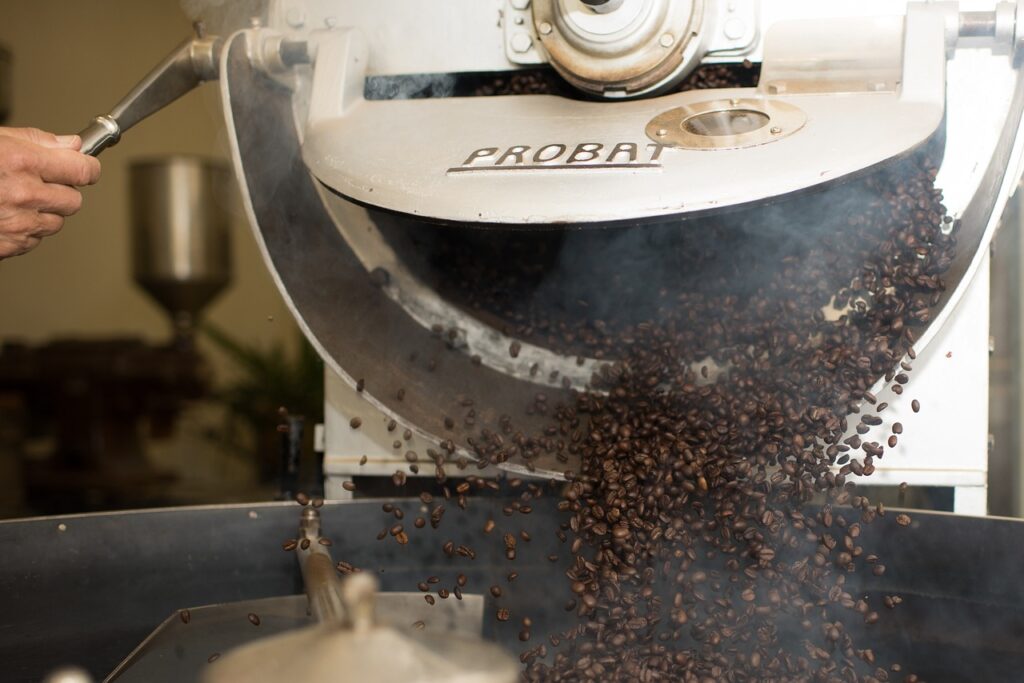Coffee, one of the world’s most popular beverages, has a rich and fascinating history dating back thousands of years. According to legend, the story of coffee begins in the 9th century in Ethiopia. A goatherd named Kaldi discovered that his goats ran around full of energy after eating red berries from a certain bush. Curious, Kaldi decided to try the berries himself, after which he experienced the euphoric effects. He took the berries to a local monastery, where the monks made them into a drink to keep them awake during long prayers. Thus began the use of coffee as an uplifting beverage.

From Ethiopia, coffee spread to the Arabian Peninsula, where it became popular in Yemen around the 15th century. Coffee houses, known as “qahveh khaneh,” sprang up in cities like Mecca and soon became important meeting places for intellectuals, artists and traders. Here people drank coffee, discussed news, listened to music and had in-depth conversations. Coffee became a symbol of social interaction and idea exchange.
In the 16th century, coffee spread to the Middle East, Persia, Turkey and North Africa. It wasn’t long before the beverage found its way to Europe. At first, coffee was controversial in Europe, and some religious figures even called it “the devil’s drink.” But when Pope Clement VIII tasted and enjoyed it in the 17th century, he declared it “Christian,” and coffee quickly became popular in cities such as Venice, Vienna and London.
The rise of coffee houses in Europe, such as the famous “Café Procope” in Paris, brought with it a new coffee culture. These places became centers of politics, literature and science, where intellectuals such as Voltaire and Rousseau gathered to discuss. The English coffee house was nicknamed “Penny University” because for the price of a cup of coffee, you had access to intellectual company and discussions.
In the 18th century, colonial trade brought coffee to the New World. European colonial powers planted coffee on large plantations in countries such as Brazil, Colombia and Java. Due to global demand, coffee grew to become one of the most traded commodities in the world. Brazil became the largest coffee producer and remained so to this day.

The Industrial Revolution and the rise of modern technology further accelerated the production and consumption of coffee. In the 19th and 20th centuries, coffee became an everyday part of life in many countries, from the United States to Japan. Innovations such as instant coffee and espresso made coffee more accessible than ever.
Today, coffee is not just a beverage but a cultural phenomenon. Around the world, different ways of brewing and drinking coffee have emerged, from Italian espresso to Turkish coffee to American filter coffee. Coffee shops like Starbucks have taken the world by storm, and coffee has become an integral part of everyday life.
The history of coffee is a journey of discovery, trade and culture, from Ethiopian hills to global consumption. It remains a beverage that connects and inspires, both through its taste and the role it plays in communities around the world.
